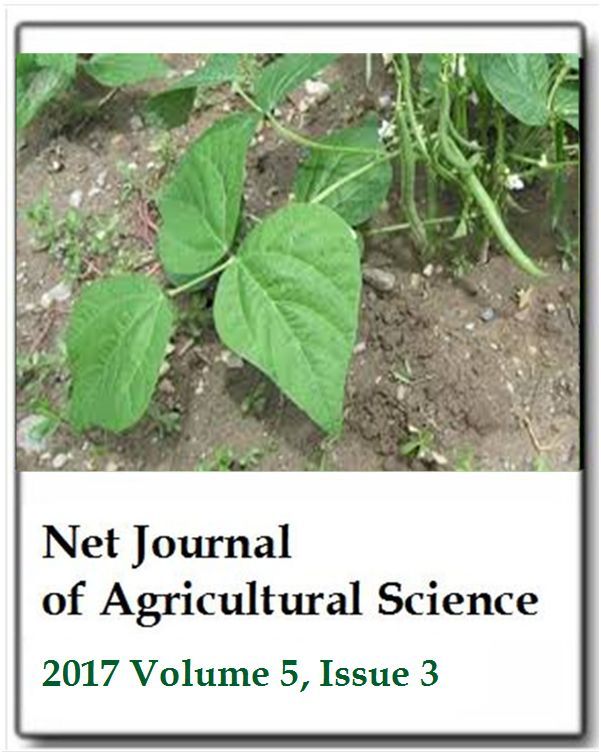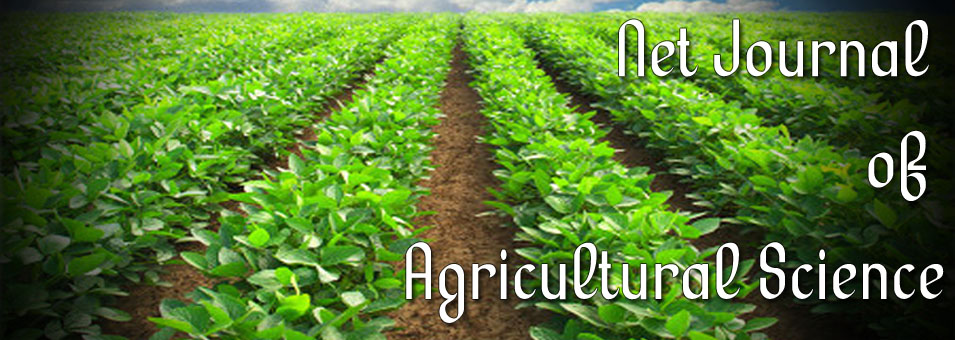Reducing water salinity using effective microorganisms
Raghad S. Mouhamad, Lamiaa A. Mutlag, Mustafa T. Al-Khateeb, Munawar Iqbal, Arif Nazir, Kadhim M. Ibrahim, Rasha A. Mussa and Obaid H. JassamNet Journal of Agricultural Science
Published: September 5 2017
Volume 5, Issue 3
Pages 114-120
Abstract
Effective Microorganisms (EM) have been used as a commercial biofertilizer since they contain a mixture of co-existing beneficial microorganisms collected from natural environments. They mainly consist of photosynthetic and lactic acid bacteria, actinomycetes and yeast. The main objective of the current work was to examine the reclamation and amelioration of saline water, whereas in the conventional method of reclamation not only leaching of soluble salts as in case of saline soils with excessive irrigations is required, but also the removal of exchangeable Na+ from the clay complex with the application of soil amendments such as gypsum and H2SO4 as in case of alkali soils, is needed. EM Technology is effective, easy to prepare and use and leaves behind enhanced bacterial population increasing soil fertility for all times to come. The results show that the characteristics of EMI and EMA is the presence of significant numbers of bacteria, actinomycetes, and fungi, respectively. Physical, chemical, and biological characteristic of 40-day fermentation of saline water showed significant differences among treatments. By heaping up, EMA-treated well water and saline water gave the effects on the EC of saline water. These data suggest that EM treated water can be recommended as an efficient saline adjustment to alleviate a slightly saline soil.
Keywords: Well water, electrical conductivity, incubation.
Full Text PDF
ISSN: 2315-9766
